Home>Ideas and Tips>Invisible Improvements Whole-House Air Purification
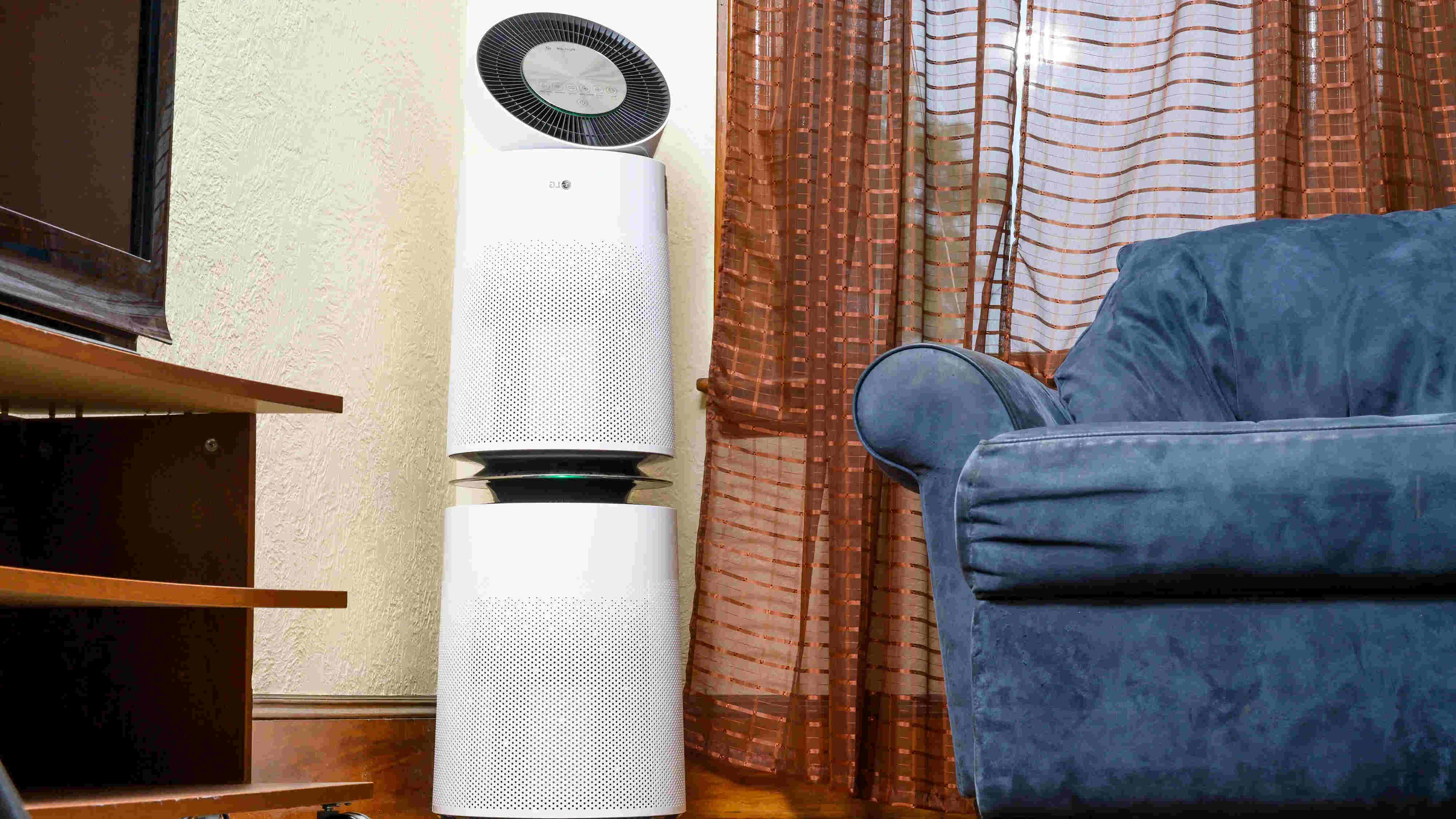

Ideas and Tips
Invisible Improvements Whole-House Air Purification
Published: October 21, 2024
Discover the hidden benefits of whole-house air purification systems and improve your home's indoor air quality for a healthier living environment.
(Many of the links in this article redirect to a specific reviewed product. Your purchase of these products through affiliate links helps to generate commission for Storables.com, at no extra cost. Learn more)
Indoor air pollution is a sneaky problem that can be just as harmful as outdoor pollution. Many people don’t realize that the air inside their homes can be filled with pollutants like volatile organic compounds (VOCs), particulate matter (PM), radon, and mold. These pollutants can cause a range of health issues, from mild allergies to serious respiratory problems and even cancer. So, how can you improve your home’s indoor air quality? Let’s dive in.
The Hidden Dangers of Indoor Air Pollution
Indoor air pollution is a big deal. It’s often invisible, but its effects can be severe. Common pollutants include VOCs, PM, radon, and moisture-related issues like mold and mildew. These pollutants can cause a range of health problems, from mild allergies to serious respiratory issues and even cancer.
Common Indoor Air Pollutants
-
Volatile Organic Compounds (VOCs): These are chemicals that evaporate easily and release gases. They can come from household products, paint, adhesives, and even furniture. VOCs can cause headaches, dizziness, and irritation to the eyes, nose, and throat.
-
Particulate Matter (PM): This includes dust, pollen, and other small particles that can be inhaled deep into the lungs. PM can exacerbate respiratory conditions like asthma and chronic obstructive pulmonary disease (COPD).
-
Radon: A colorless, odorless gas that seeps into homes through soil and rock. Radon exposure is linked to lung cancer and is a significant concern for homeowners.
-
Mold and Mildew: These fungi thrive in damp environments and release spores that can cause allergic reactions and respiratory issues.
Strategies for Improving Indoor Air Quality
To combat these hidden dangers, several strategies can be implemented:
-
Increase Outdoor Air Circulation: Ensure proper ventilation by opening windows and utilizing exhaust fans, especially when using products that emit VOCs or undertaking activities that generate moisture, such as cooking and showering.
-
Maintain and Clean Your HVAC System: Regular upkeep of your heating, cooling, and ventilation systems ensures proper functioning and improved indoor air quality. Replace filters regularly and schedule professional maintenance checks as needed.
-
Test Your Home for Radon: Radon is a colorless, odorless gas, so testing is the only way to detect its presence. If high radon levels are found, appropriate mitigation strategies can be employed to reduce your risk.
-
Control Humidity Levels: Keep indoor humidity levels between 30% and 50% to minimize the growth of mold and mildew. Use dehumidifiers in particularly humid rooms and ensure proper ventilation in areas prone to moisture.
-
Use Household Products Responsibly: Opt for low-VOC or fragrance-free products and follow usage instructions to limit your exposure to pollutants. Store products in well-ventilated areas and, when possible, opt for natural alternatives to traditional cleaning supplies.
Selecting Air Purifiers and Filtration Systems
One effective way to improve your home’s indoor air quality is to invest in air purifiers and filtration systems that can remove pollutants and allergens from the air. Here are a few options to consider when selecting an air purification system:
-
HEPA (High-Efficiency Particulate Air) Filters: These advanced filtration systems can trap up to 99.97% of particulates as small as 0.3 microns, effectively removing allergens, mold spores, and dust particles from the air.
-
Activated Carbon Filters: These filters use carbon to adsorb VOCs and other gaseous pollutants, reducing odors and harmful chemical compounds in your home.
-
UV-C Filters: By utilizing ultraviolet germicidal irradiation (UVGI), these filters can kill or inactivate microorganisms, such as viruses, bacteria, and mold, reducing their presence in circulating air.
-
Whole-House Air Purification Systems: For comprehensive indoor air quality solutions, whole-house air purification systems can integrate with your HVAC system, filtering and purifying the air throughout your home.
The Benefits of Whole-House Air Purification Systems
Whole-house air purification systems offer several benefits over portable air purifiers:
-
Comprehensive Coverage: These systems purify all the air that’s distributed throughout buildings, ensuring that every room receives clean air.
-
Long-Term Efficiency: By preventing airflow obstructions and reducing debris buildup in HVAC systems, whole-house air purifiers can extend the lifespan of your heating and cooling equipment.
-
Improved Health: By removing airborne allergens like pollen, mold, and dander, these systems can significantly reduce symptoms associated with allergies and asthma.
-
Odor Control: Whole-house air filtration systems can eliminate pungent smoke odors from burning cigarettes and cigars as well as strong-smelling foods.
-
Reduced Risk of Communicable Illnesses: Some whole-house air filtration systems are sophisticated enough to capture and retain germs found in aerosols, potentially slowing or limiting the spread of communicable illnesses.
Case Studies and Real-Life Experiences
Real-life experiences and case studies highlight the effectiveness of whole-house air purification systems:
-
Kansas City Residents: In Kansas City, residents have implemented various strategies to combat indoor air pollution. One effective method is using HEPA filters in air purifiers which can trap up to 99.97% of particulates as small as 0.3 microns.
-
Century Homes: Homeowners in century homes have found that replacing carpets with hardwood floors and using HEPA-filter vacuums significantly reduces dust levels. Additionally, using air purifiers in basements has helped eliminate musty smells.
-
Sanford, FL Residents: In Sanford, FL, residents have noted that upgrading HVAC air filters to higher MERV ratings improves indoor air quality without significantly impacting airflow. However, whole-house air purification systems provide more comprehensive coverage and long-term efficiency.
What to Look for When Shopping for an Air Purification System
When investing in an air purification system, several factors should be considered:
-
Filter Type: Different types of filters offer varying levels of effectiveness against different pollutants. HEPA filters are ideal for removing particulate matter, while activated carbon filters are better suited for VOCs.
-
Coverage Area: Ensure that the air purifier is properly sized for your home to ensure it can handle the volume of air in each room.
-
Maintenance Requirements: Some filters require regular cleaning or replacement, which should be factored into your decision.
-
Additional Features: Some systems come with additional features like UV-C filters or smart sensors that monitor indoor air quality.
-
Brand Reputation: Choose a reputable brand known for producing high-quality air purification systems.
Read more: What Is A Whole House Air Ventilation System
Conclusion
Improving indoor air quality is crucial for maintaining a healthy living environment. By understanding the common pollutants and their possible effects, as well as implementing practical solutions and investing in air purification systems, you can actively contribute to creating a healthier and safer space for you and your loved ones. Whole-house air purification systems offer comprehensive coverage and long-term efficiency, making them an excellent investment for any homeowner looking to safeguard their family’s health.
In summary, invisible improvements in whole-house air purification can significantly enhance your home’s indoor air quality. By selecting the right type of filtration system, ensuring proper maintenance, and considering additional features, you can create an environment where everyone can breathe easily and live comfortably.
Was this page helpful?
At Storables.com, we guarantee accurate and reliable information. Our content, validated by Expert Board Contributors, is crafted following stringent Editorial Policies. We're committed to providing you with well-researched, expert-backed insights for all your informational needs.
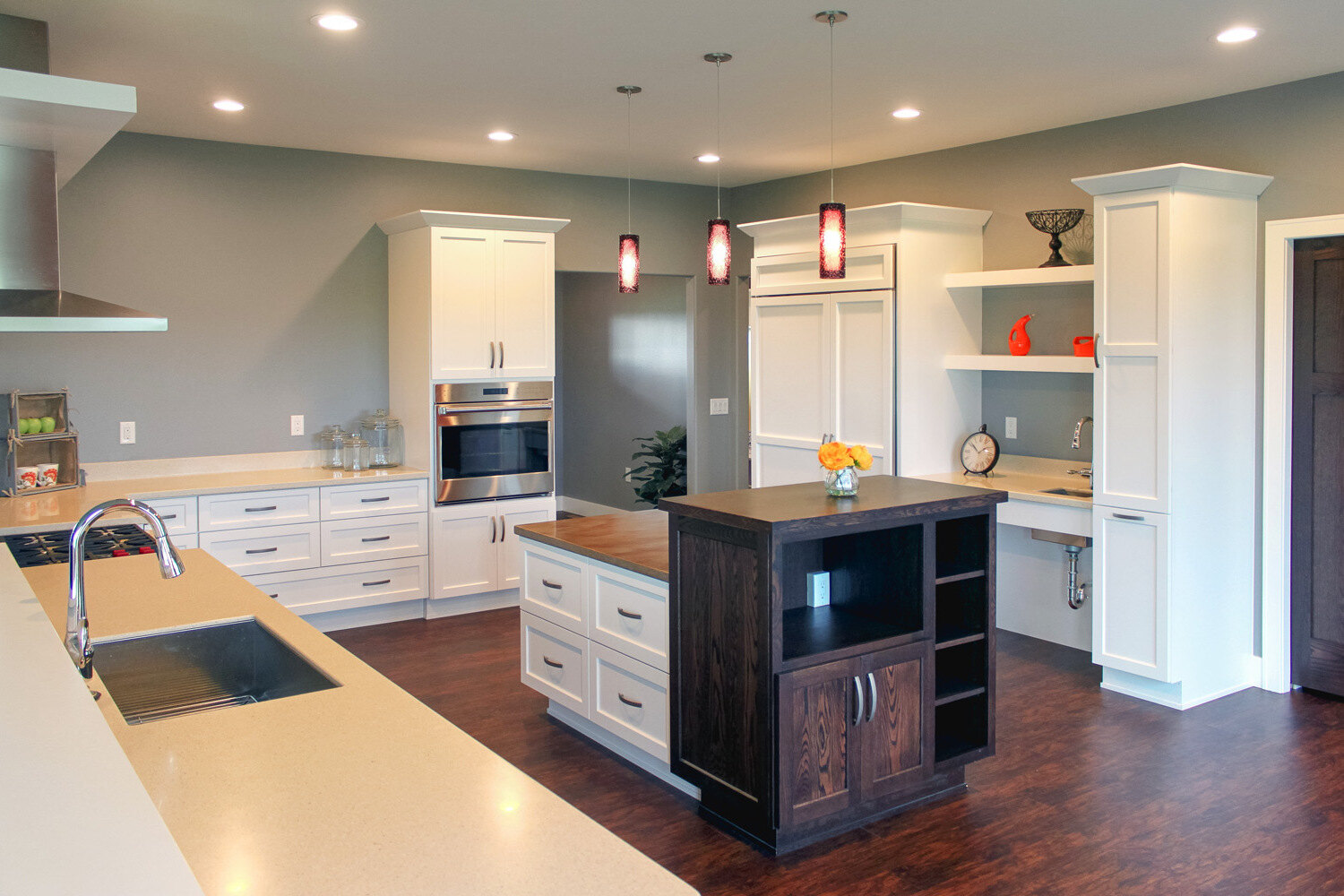
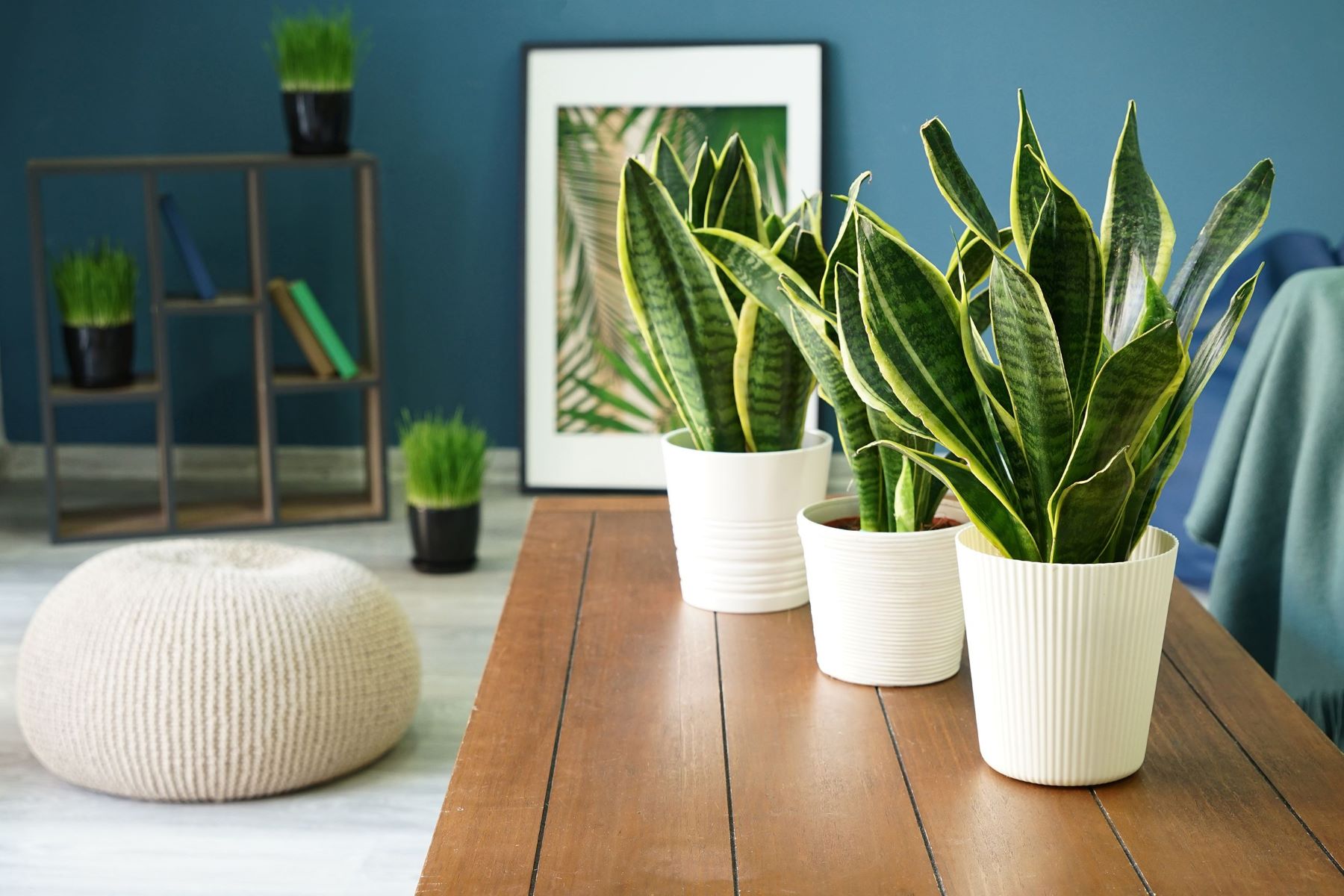
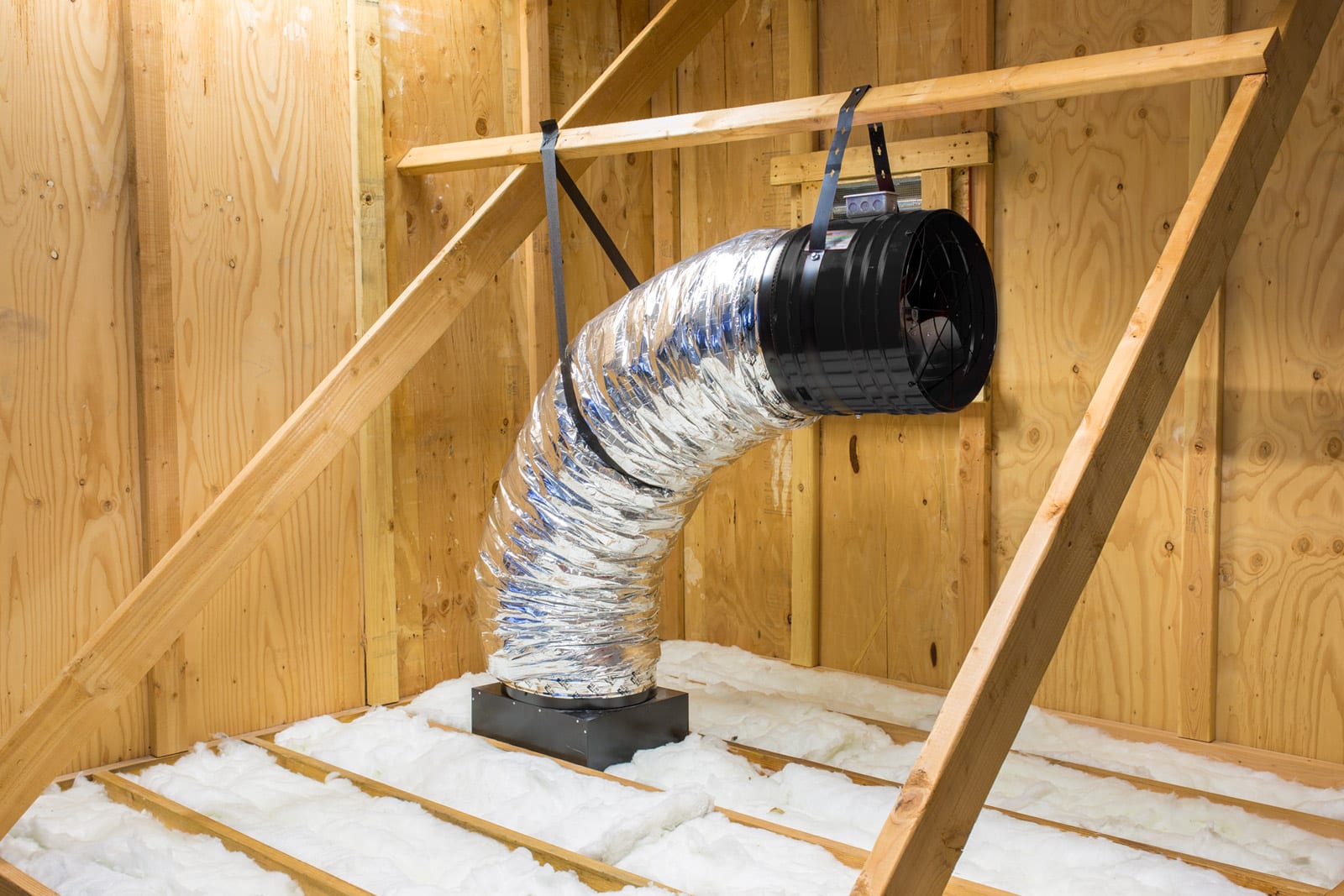
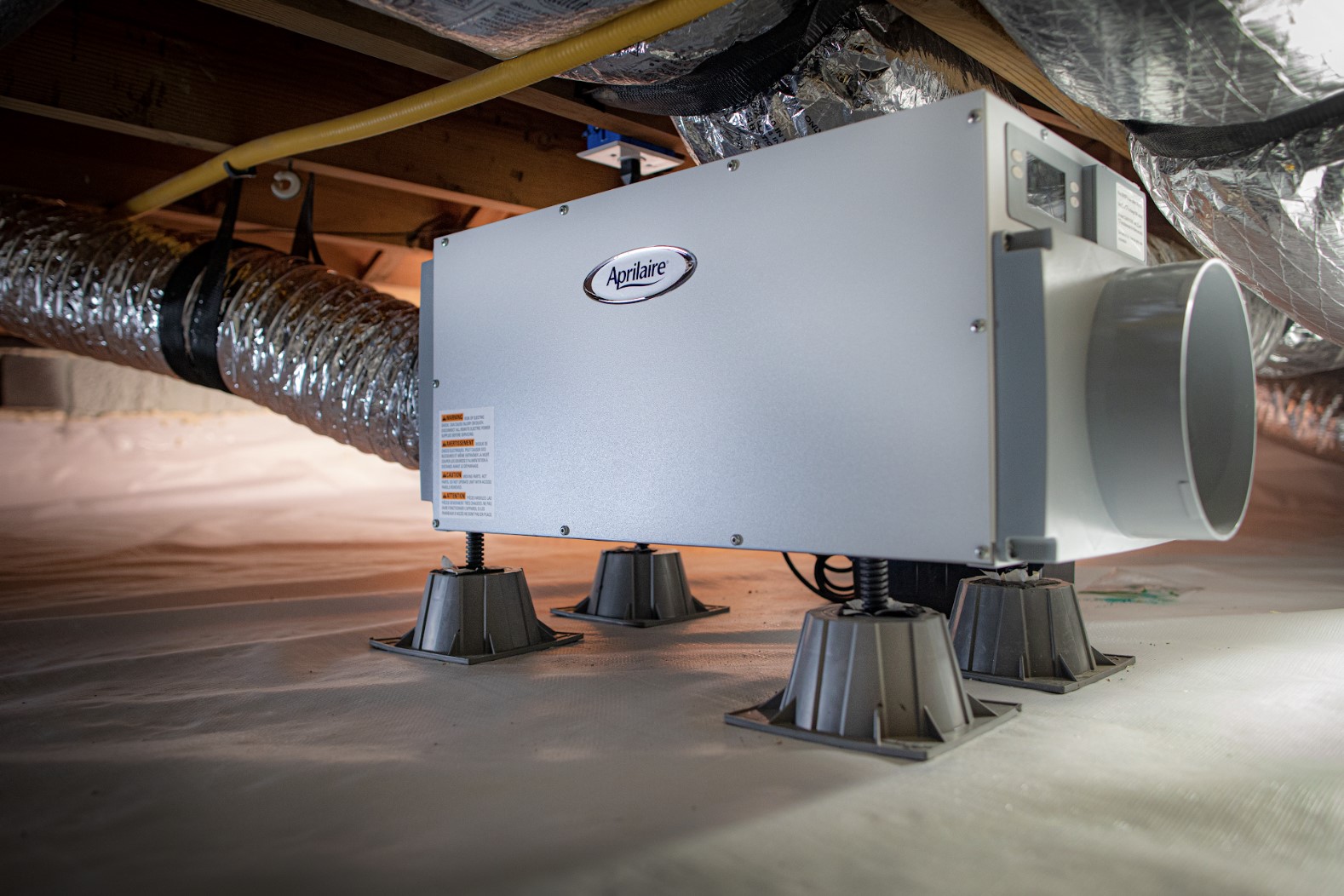

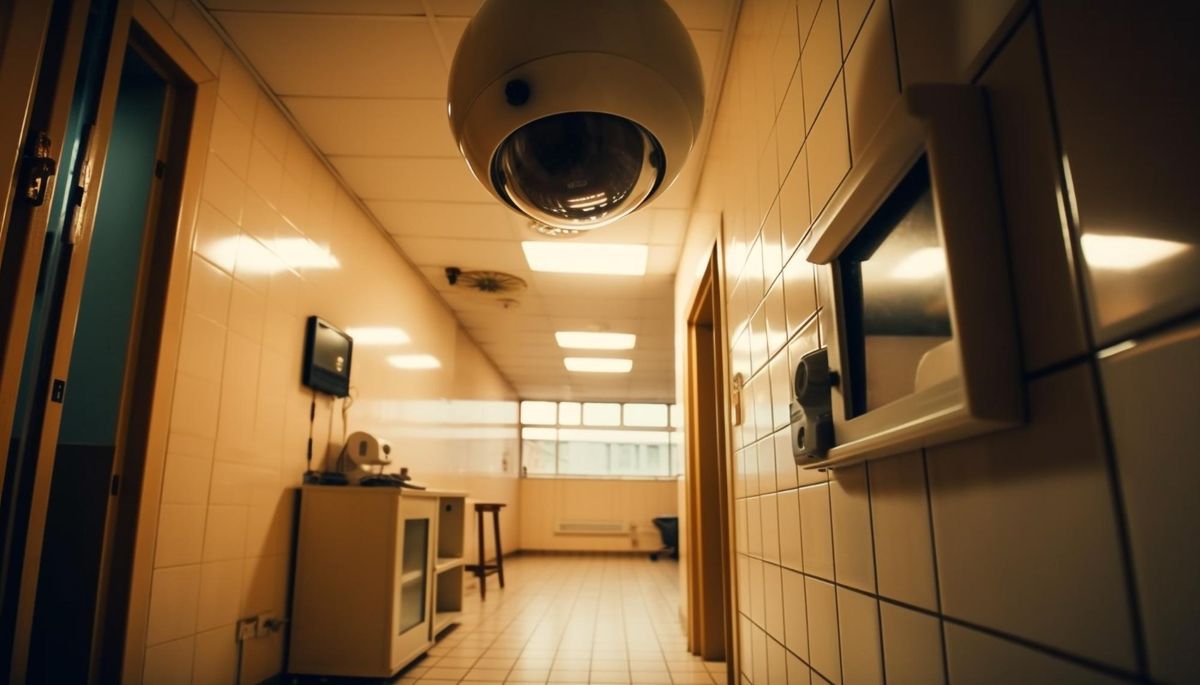
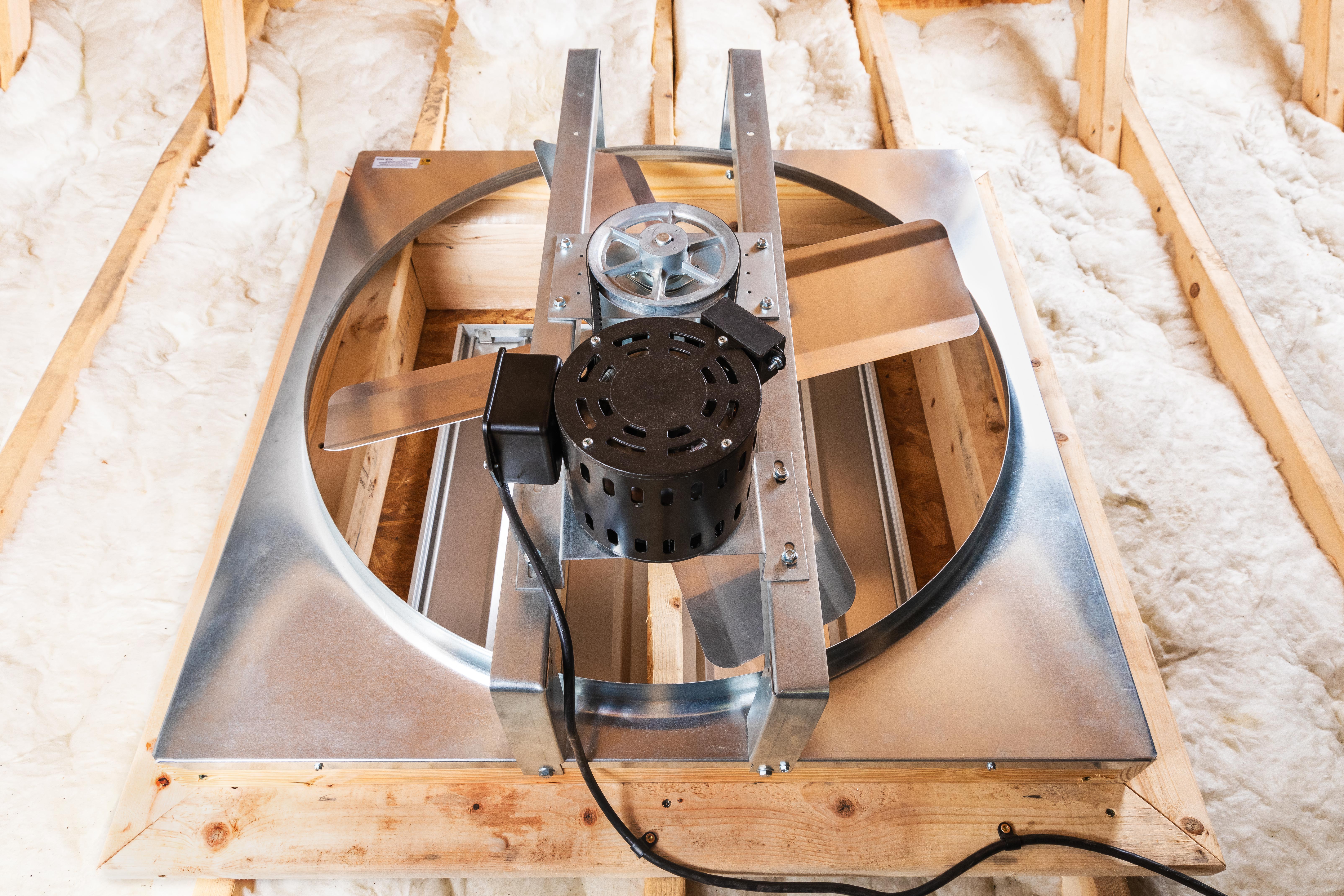
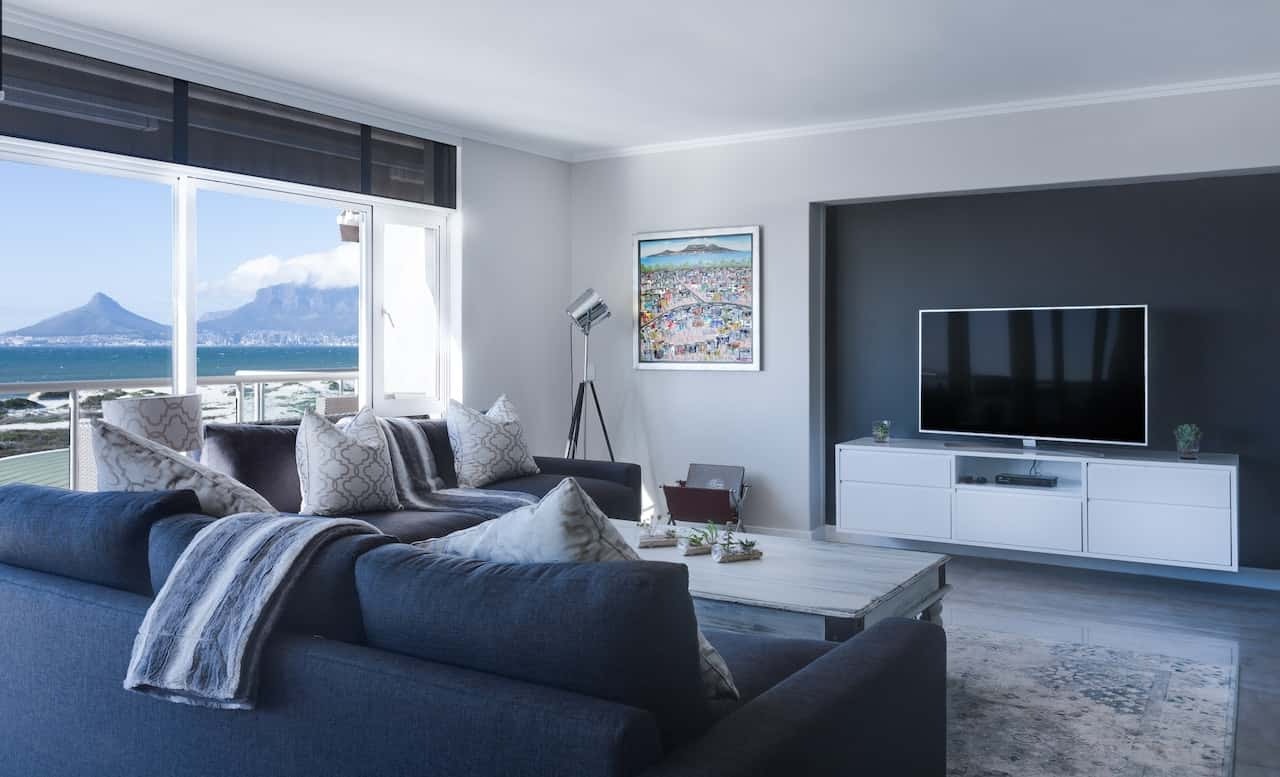
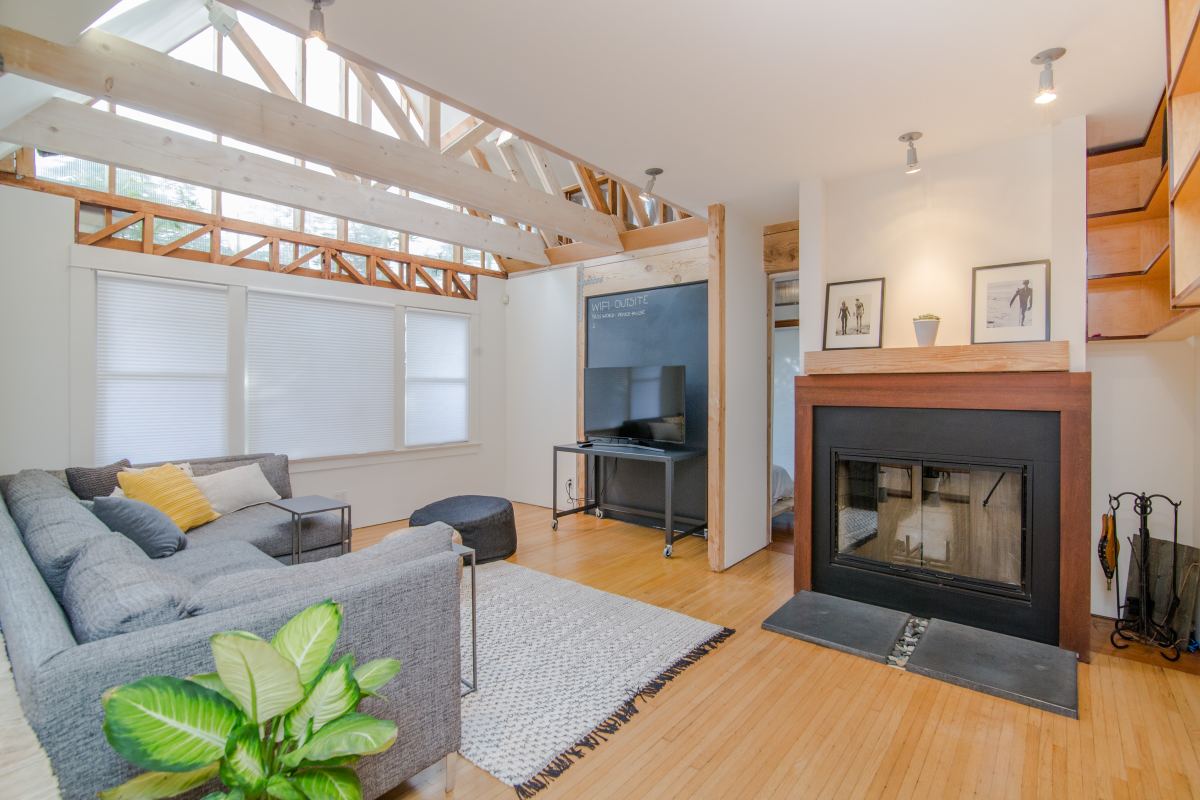
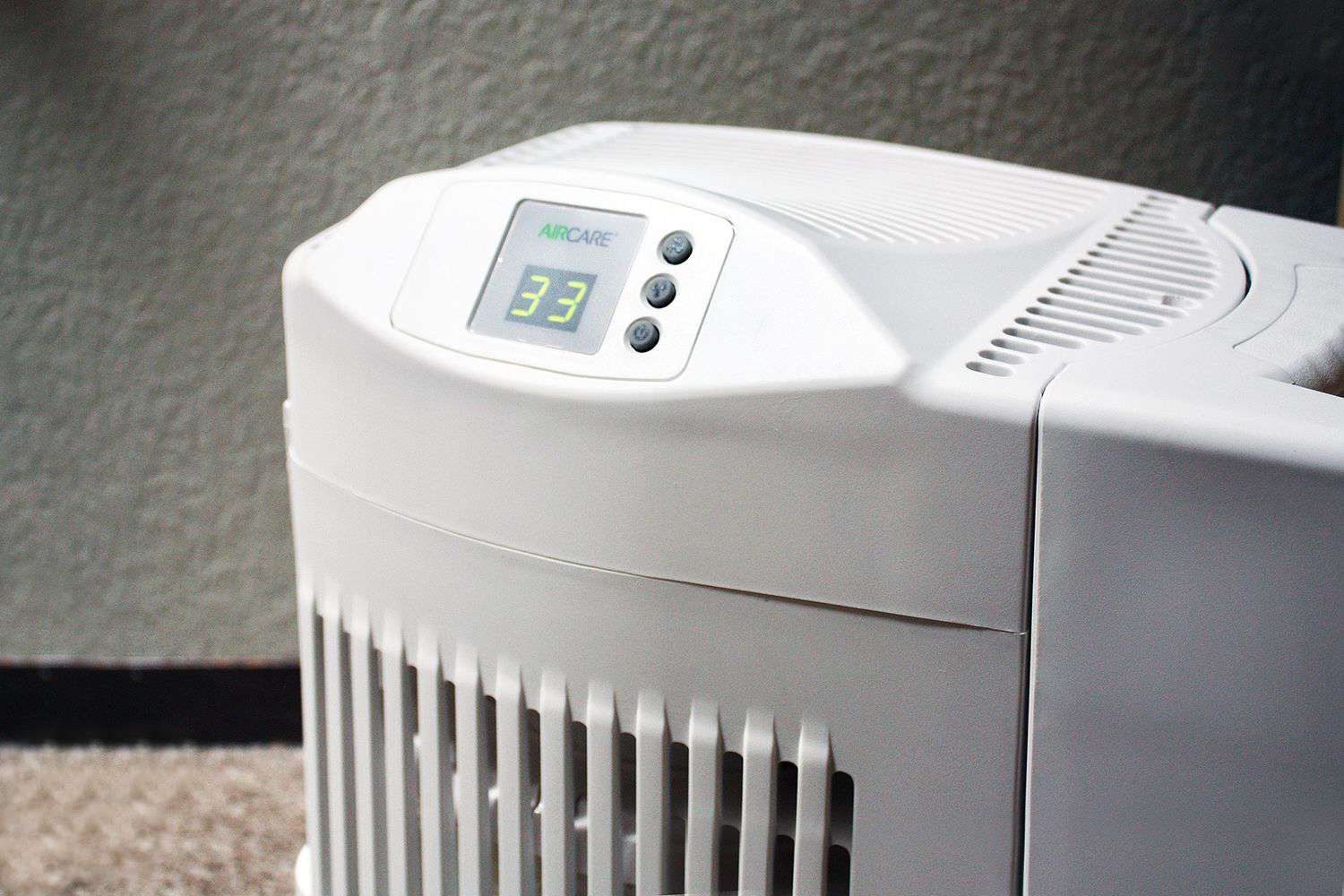
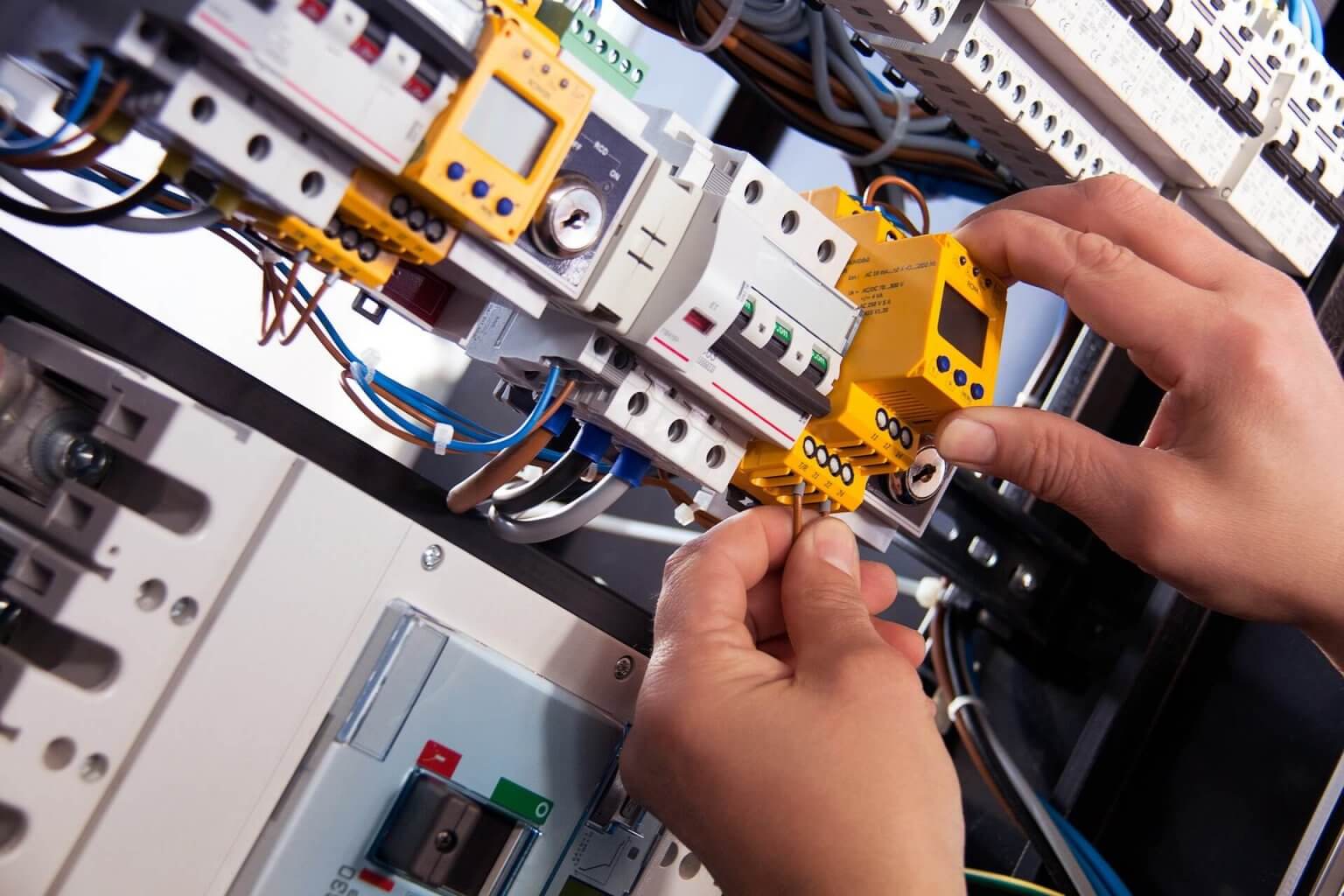
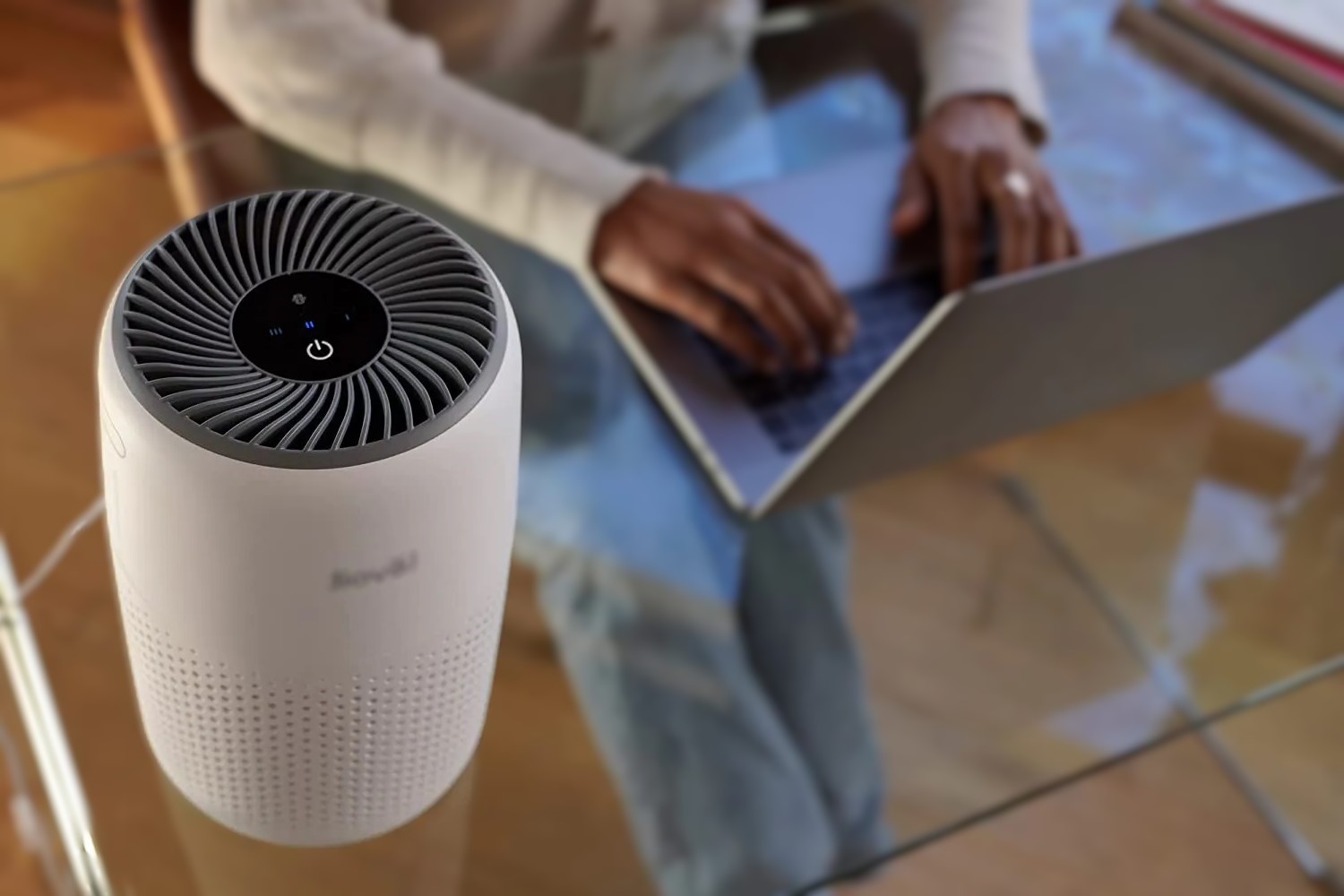
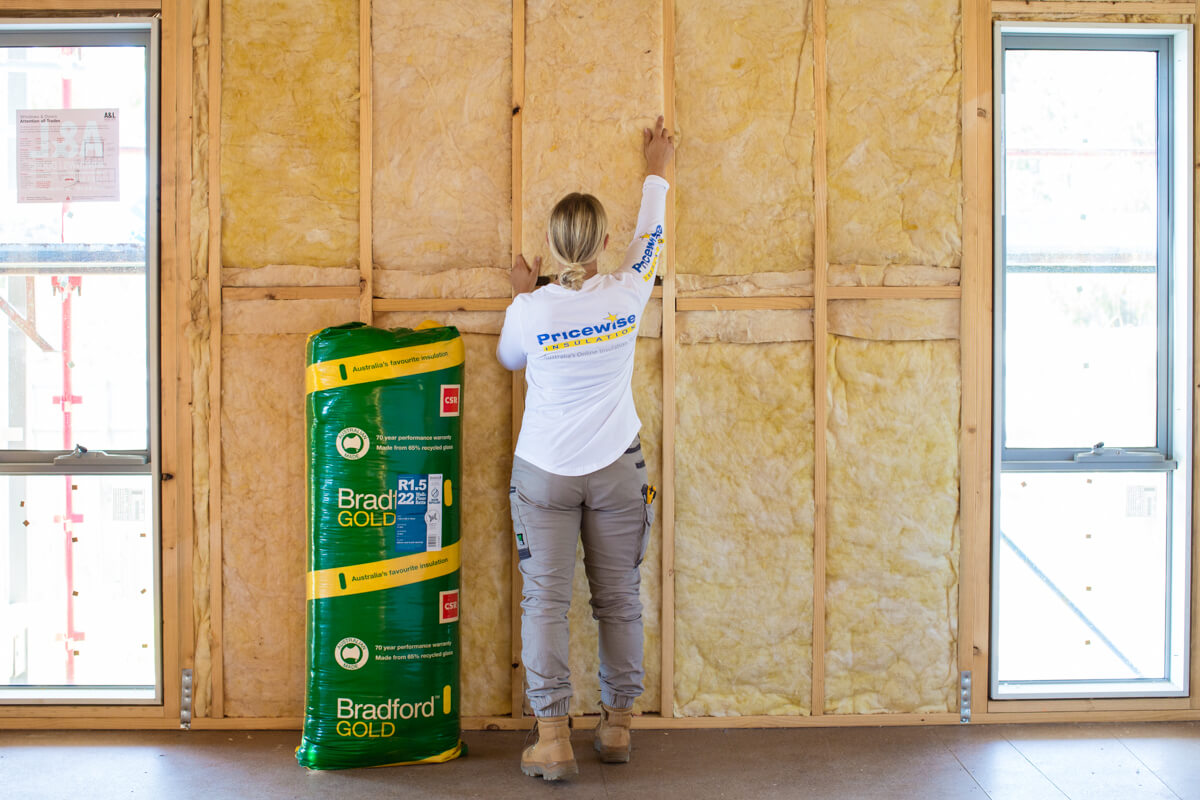
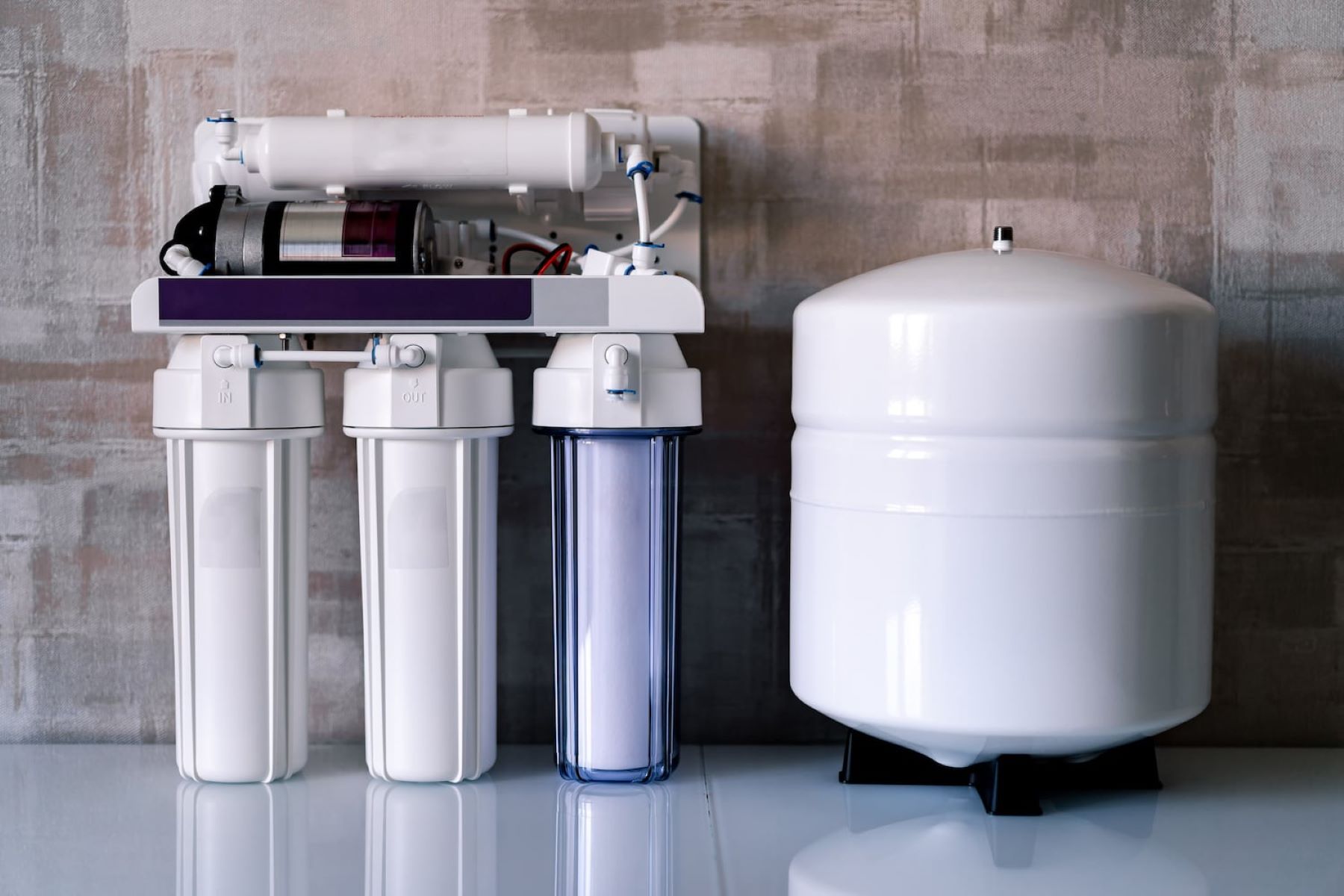

0 thoughts on “Invisible Improvements Whole-House Air Purification”